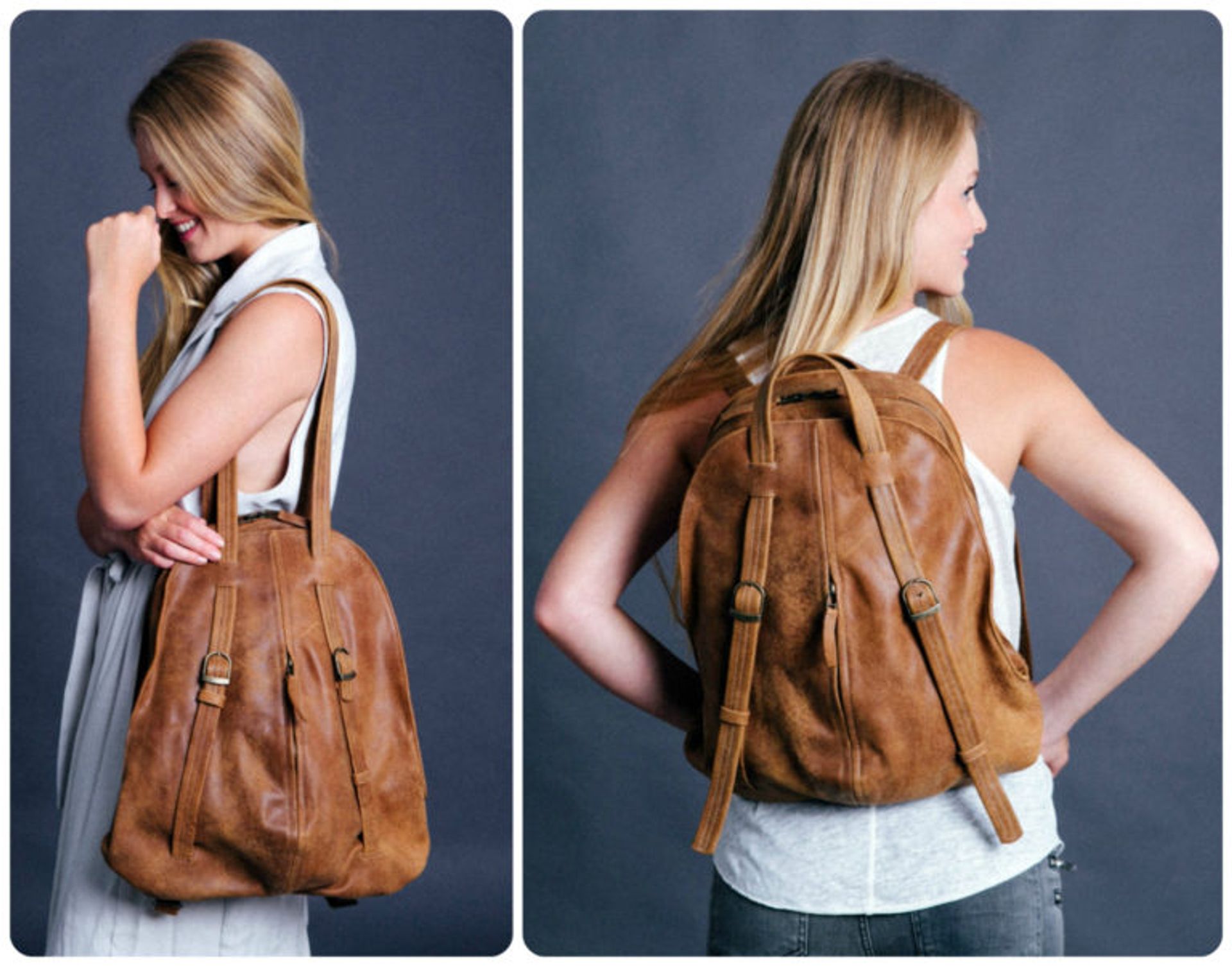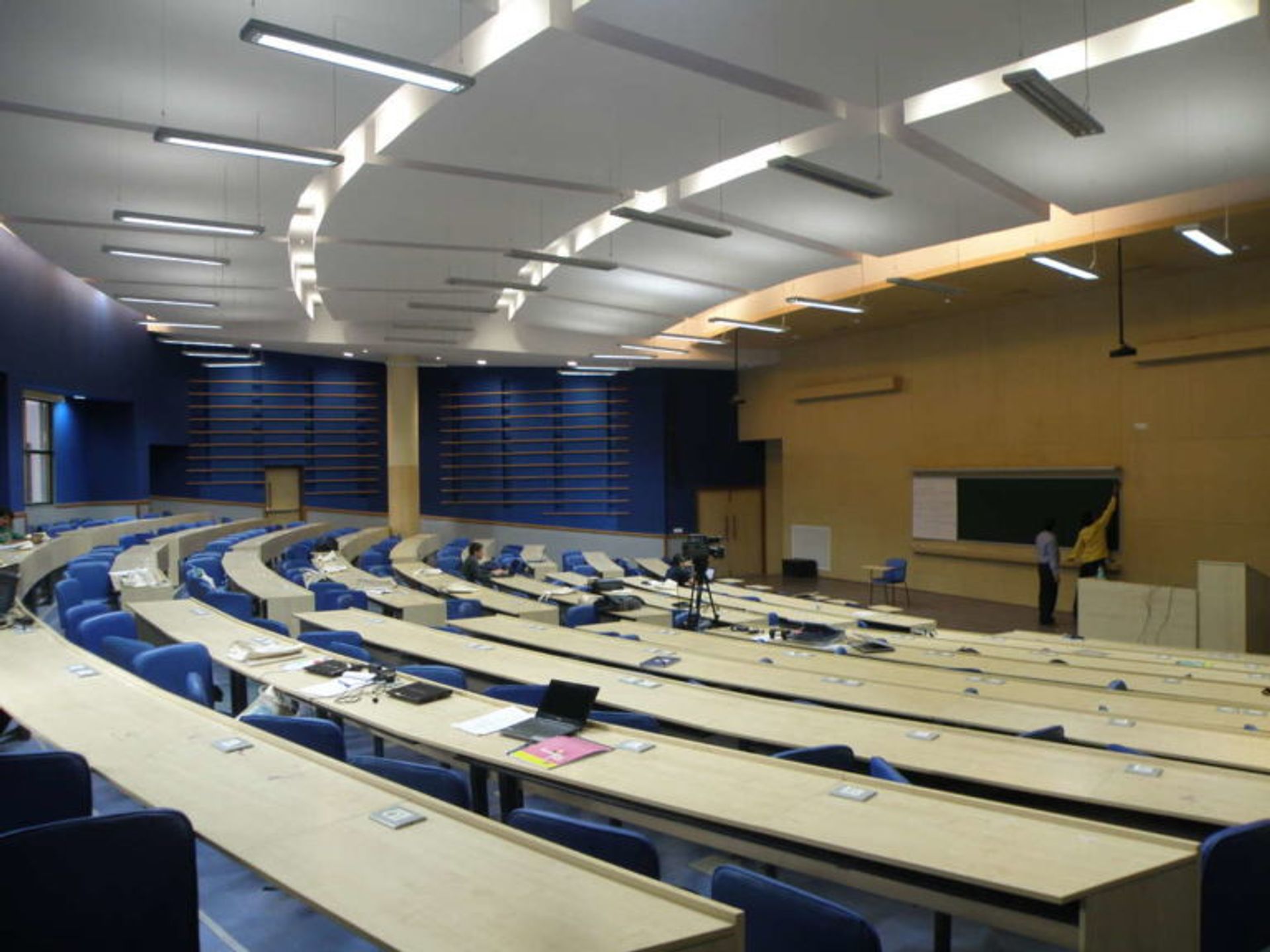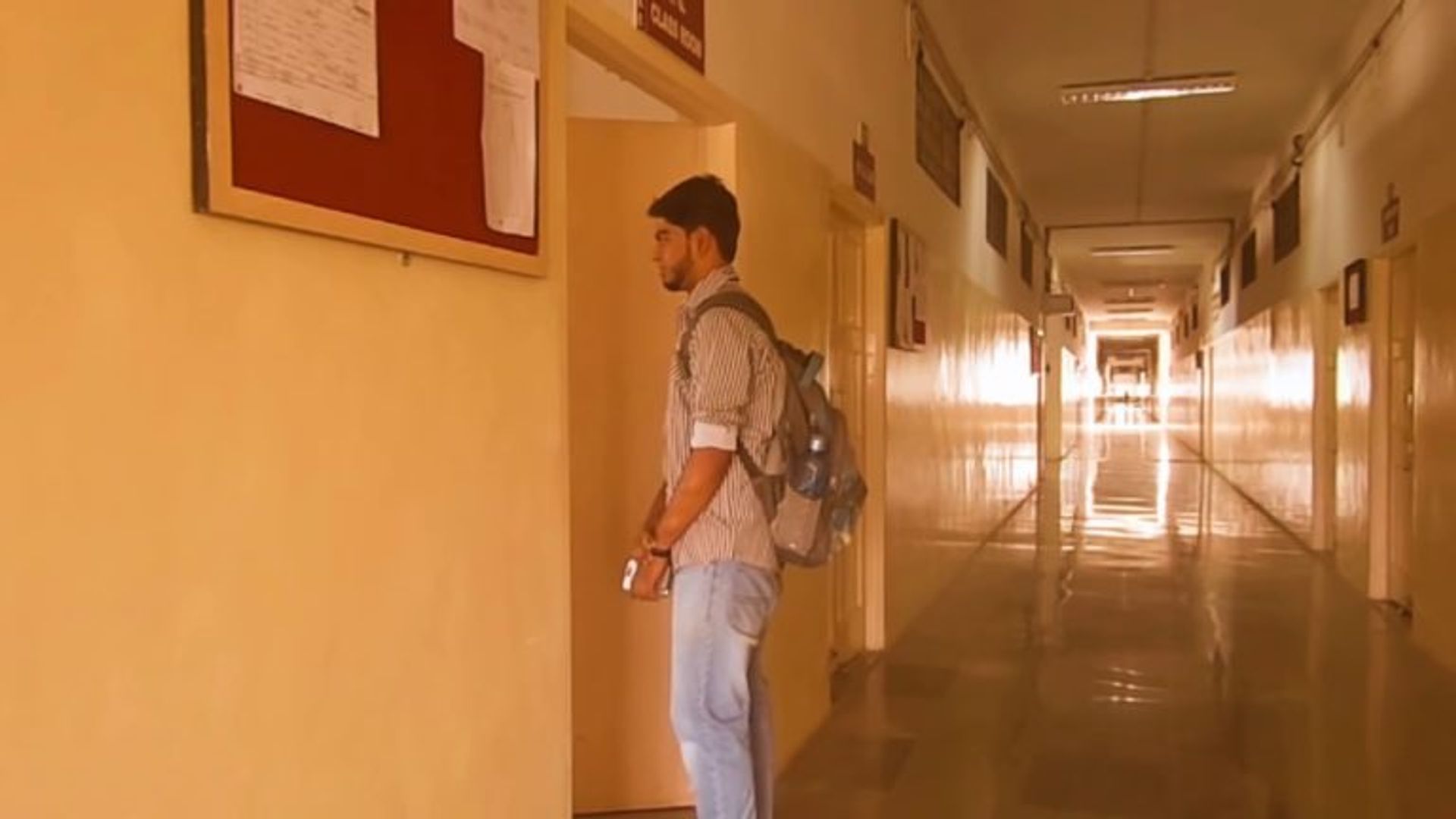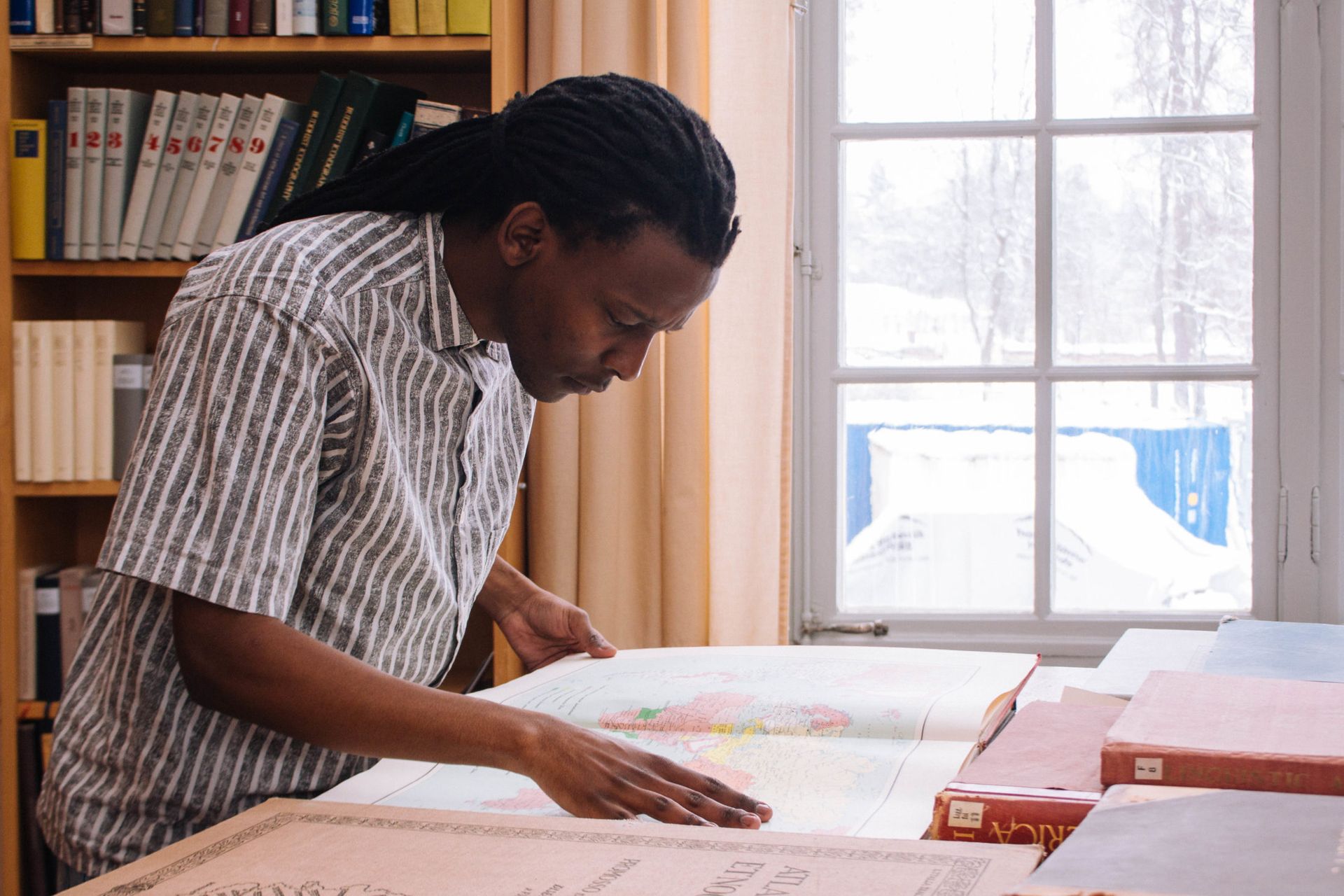
Written by Anita
26 Jul 2018
As students coming to Sweden for the Autumn semester pack their bags and prepare to travel. Some of you may wonder how different the Swedish Classroom is compared to your classroom back home?
moreCulture Clash
This post will give you an idea of how different class is in Sweden as compared to other cultures I’ve experienced.
Paper vs. Laptop
During High school and University, I always jotted down notes in a notebook. When I got to undergrad some students preferred to print out lecture slides and write notes on them or just attend lectures and listen. Very few people took notes down on their laptops.

In Sweden however, I’d say that at least 80% of students type out notes on their laptops or tablets. Most of the lecture slides are available before the lectures so students just use them as a guide and add any interesting notes during the lecture. At first it was a little daunting, I felt a little out of place. However, after a few lectures I realized I’ll always be a paper and pen girl.

Glass Vs. Plastic
When I first came to Sweden, I used to buy bottled water and drink that throughout the day. I wasn’t used to the idea of carrying an empty water bottle around with me in my bag. But living in Sweden and being a Global studies student and interacting with a lot of eco aware people and practices, I decided to invest in a glass water bottle. For the longest time I couldn’t find a pretty one and I made my classmates laugh because I carried a tiny empty jam jar with me. Students are always chasing a discount and their budget. So, carrying a glass water bottle makes more sense both for the environment and for your pocket.

Backpack vs. Handbag
The jury is still out on this one. I’ve always floated between carrying a handbag and a backpack to campus. During high school of course a backpack was key, but in undergrad a backpack made sense when I had a hectic day full of lectures. On the other hand, when I had a society meeting or one lecture I preferred to carry a handbag with the basics and a notebook.

In Sweden, I feel like having a backpack is the standard. I’ve only met a few girls and guys who carry handbags with them to class. The student vibe is laid back and it allows you to choose what you feel more comfortable with. There’s even a famous Swedish brand named after a fox (rav) famous for their rucksacks that you will definitely spot around with both young and old people. I feel like it’s a Swedish rite of passage to own one.
Front vs. Backrow
Where to sit? Unless you like to sit in the front because you can’t see the board. This one is wholly up to you. I’ve always been a back bencher. In undergrad, classes got as big as 500 and the lecturer would stand in our lecture theater which was shaped like an amphitheater and speak through a microphone.

Lecture rooms in Sweden are quite the opposite as they are much smaller. Thus sitting in the back might not be as beneficial as you think. Sometimes you can’t hear and since you’ll probably be 15-50 students you can pick and choose where you want to sit. Don’t worry, sitting at the front doesn’t mean your lecturer will ask you more questions.
On time vs. African timing
During undergrad, I feel like some of you will relate. We had some lecturers who were very specific about time. If you were 5 minutes late they would lock the lecture room doors and you couldn’t get in. Other times you could sneak in 15 minutes late without being noticed. You always knew which lectures you had to be on time for and which you could practice a little African timing.

In Sweden, and as informed by google some other countries across Europe there is a system called Academic quarter or (akademisk kvart) or adademic 15. Apparently, the history of this system dates back to when the church bell was used as the method of time keeping. The bell would ring and students had 15 minutes to get to class. So, if the bell rang at 09:00 your lecture started at 09:15. These days most lectures just write 9:15 on the schedule and if you see 09:00 instead then you know you have to be there at 09:00. It can be confusing at first but in your introduction class feel free to ask your course coordinator how it works at your university. At my department our normal lectures usually ran for one hour 45 minutes, but you got a 15-minute break in between to stretch your legs.
Seminars vs. Tuts
Depending on what degree you did in undergrad. Your level of interaction with other students was relative. Meaning maybe you did a degree that didn’t require a large amount of group work. This means that you might have encountered group projects maybe once or twice in a semester.
In Sweden, group work both at school and in the workplace is heavily emphasized and encouraged. Most universities have seminars in which your class is divided into groups and you discuss the weeks topic and exercise with your seminar group.

This was similar to the South African university system where we had groups that were called ‘TUTs’ nickname for tutorial groups. It was nice to see that this system of group work is also done in Sweden. It really helps because you can discuss points and concepts that might not have been clear to you during the lecture. You also get to hear different perspectives and approaches to various issues. This was one of the best aspects of studying Global Studies.
Read about Usi‘s experience with Engineering lectures with a twist.
Takeaway
As a new student coming to Sweden, or any student studying in a new environment. There will always be things that are similar or different than your home or study country. My advice is go with the flow, enjoy perks like academic 15 and study breaks. Also take advantage of group work scenarios because you will learn alot from your classmates. The Swedish classroom might be worlds apart from what you are used to but enjoy your time studying in Sweden.

From Sweden with love.






